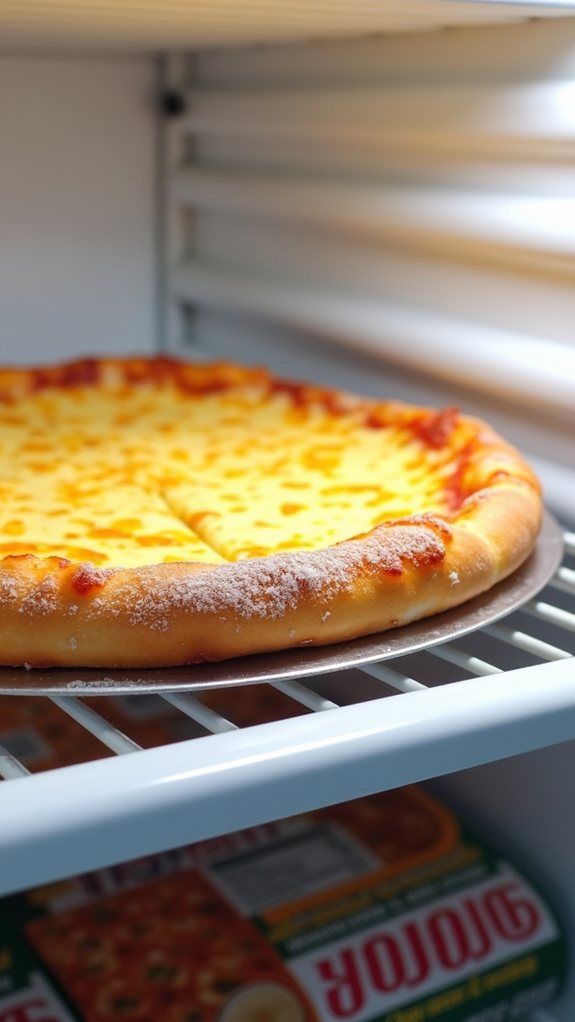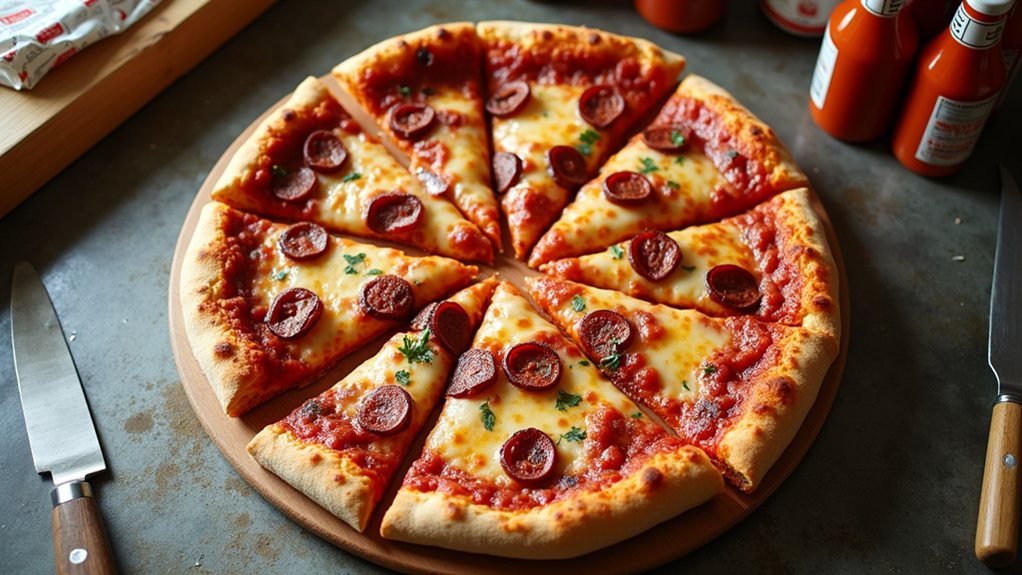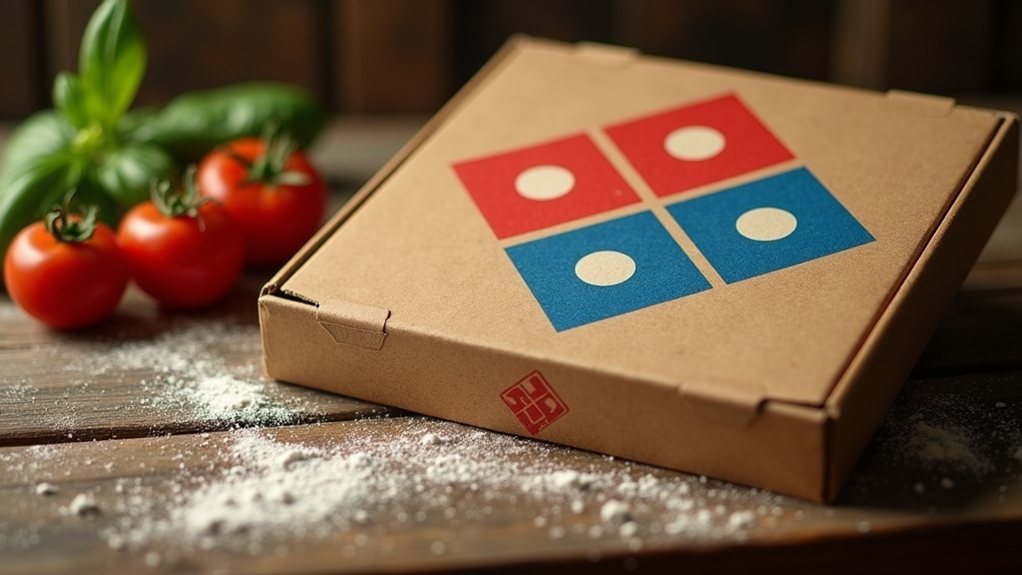Frozen cheese pizzas offer convenience, but nutritional experts warn that certain brands pack alarming levels of sodium—sometimes exceeding 800mg per serving. These pizzas often contain preservatives like TBHQ and BHA, chemicals linked to potential health concerns in laboratory studies. The combination of processed cheeses, refined flour crusts, and inadequate fiber creates what nutritionists call a “nutritional void,” delivering calories without substantial benefits. Which popular brand tops the list of those to avoid, and what hidden ingredients make it particularly concerning?
Health Risks of Frozen Cheese Pizza

Countless Americans reach for the convenience of frozen cheese pizza each week, unaware of the potential health concerns lurking beneath that savory, cheesy surface. While the ease of popping a frozen pizza into the oven makes for a quick meal solution, the nutritional profile of these products often leaves much to be desired. Most frozen cheese pizzas pack a hefty caloric punch alongside concerning levels of saturated fat, putting regular consumers at increased risk for weight gain and obesity over time.
The sodium content in these frozen meals presents another significant concern, with many brands containing more than half the recommended daily sodium intake in just one serving. This excessive salt consumption contributes to hypertension and increased cardiovascular strain, potentially leading to more serious heart conditions with regular consumption. The combination of high sodium and saturated fats creates a particularly troublesome duo for heart health. Those seeking healthier alternatives might consider gluten-free options that often contain more nutritious ingredients.
Perhaps more alarming are the preservatives and additives hiding in many frozen pizza formulations. Chemicals like TBHQ and BHA, used to extend shelf life, have been linked to potential immune system disruption and possible carcinogenic effects. The extensive use of mozzarella cheese in frozen pizzas has been directly linked to health issues like heart disease and diabetes. Likewise, titanium dioxide, used as a whitening agent in some pizza crusts and cheese, has raised red flags regarding DNA damage potential, with safety reassessments currently ongoing in several countries. Proper food safety precautions must be followed when storing and reheating frozen pizzas to prevent harmful bacterial growth.
The digestive system also bears the brunt of frozen pizza consumption. The combination of acidic tomato sauce, processed ingredients, and low fiber content can disrupt gut health, leading to inflammation and discomfort, particularly for those with existing digestive sensitivities or lactose intolerance from the cheese. Individuals with spinal cord injuries should be especially cautious as poor nutrition choices can exacerbate secondary health conditions and complicate existing management plans.
While not all frozen pizzas are created equal, consumers should approach these convenient meals with caution and moderation. Reading ingredient labels carefully can help identify products with fewer preservatives and additives. Better yet, making homemade pizza allows for control over ingredients while still enjoying this beloved food.
The occasional frozen pizza won’t cause immediate harm, but relying on them regularly could contribute to long-term health issues that far outweigh their convenience factor.









